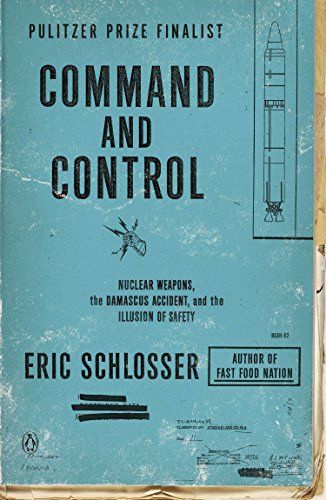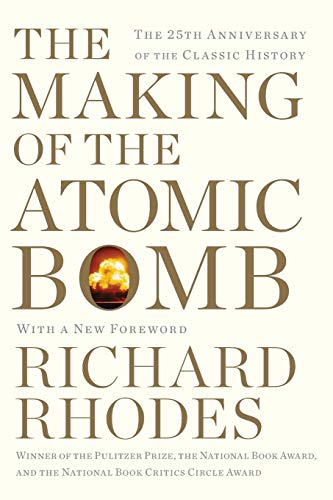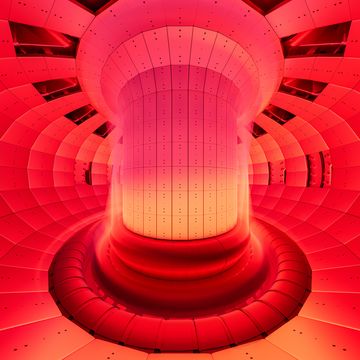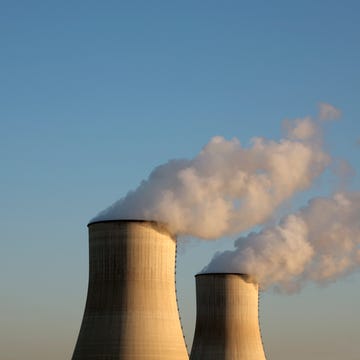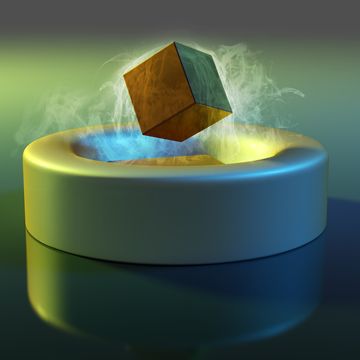- Smaller fusion reactors could have their breakthrough moment far sooner than large projects.
- The Jeff Bezos-backed General Fusion and Commonwealth Fusion Systems both are targeting 2025.
- These reactors use extraordinary magnets to pressurize elements into superhot plasma.
Two competing nuclear fusion companies, each with venture capital superstars as major investors, say we’re approaching the “Kitty Hawk moment” for their technology as early as 2025.
Magnetized target fusion (MTF) dates back to the 1970s, when the U.S. Naval Research Lab first proposed it. But MTF’s proponents say the technology is now bearing down to reach the commercial power market.
What is this tech, and will it be viable before the competing fusion model of tokamaks, like the International Thermonuclear Experimental Reactor (ITER)?
Like a tokamak, an MTF reactor involves hot plasma contained by a powerful magnetic field. But where a tokamak is heated by extraordinary outside power, the MTF reactor made by Canada’s Jeff Bezos-backed General Fusion is pressurized to superheat the plasma—like a party filled with dancing people where the room continues to shrink around them. This pressure is applied by pistons that coordinate to make a pressure wave.
From there, the rest is a more prosaic business. Hot neutrons escape the plasma and are captured in the liquid metal, and their energy powers a heat exchanger to make power. And with a main chamber of “just” 10 feet in diameter, General Fusion’s MTF reactor is considered small for a fusion technology intended to self sustain and generate power after reaching plasma ignition.
Meanwhile, the American company Commonwealth Fusion Systems operates with a 10-ton magnet at the heart of its fusion reactor. The superconducting magnet will trap and pressurize hydrogen to induce a powerful plasma reactor. Last year, TechCrunch said Commonwealth’s technology is a hypothetical “leapfrog” of the entire current generation of plasma tokamak reactors.
📚 Further Reading: The Best Nuclear Books
Smaller companies like General and Commonwealth have made ambitious plans that use the huge international ITER project as a flattering comparison point. ITER plans for first plasma in 2025, with a goal to be online for ignition power in 2035. But the project is also a symbol, bringing together dozens of countries with combined manufacturing and intellectual efforts toward one massive reactor.
Smaller reactors without the heft of international cooperation can behave a little more nimbly, without layers of diplomacy to navigate. It’s easy to see how both approaches are helpful, but the important thing today is that no one, no matter how large or small, has reached plasma fusion that generates more energy than it consumes. Until someone does, all the timeline bickering or posturing in the world means very little.
General Fusion boasts two gigantic investors: Amazon's Bezos and Shopify founder Tobias Lutke. Commonwealth has pockets about the same size and counts Bill Gates among its investors. Both Gates’s and Lutke’s investments are from firms established specifically for decarbonizing technologies.
🎥 Now Watch This:

Caroline Delbert is a writer, avid reader, and contributing editor at Pop Mech. She's also an enthusiast of just about everything. Her favorite topics include nuclear energy, cosmology, math of everyday things, and the philosophy of it all.



